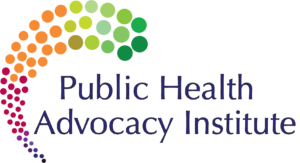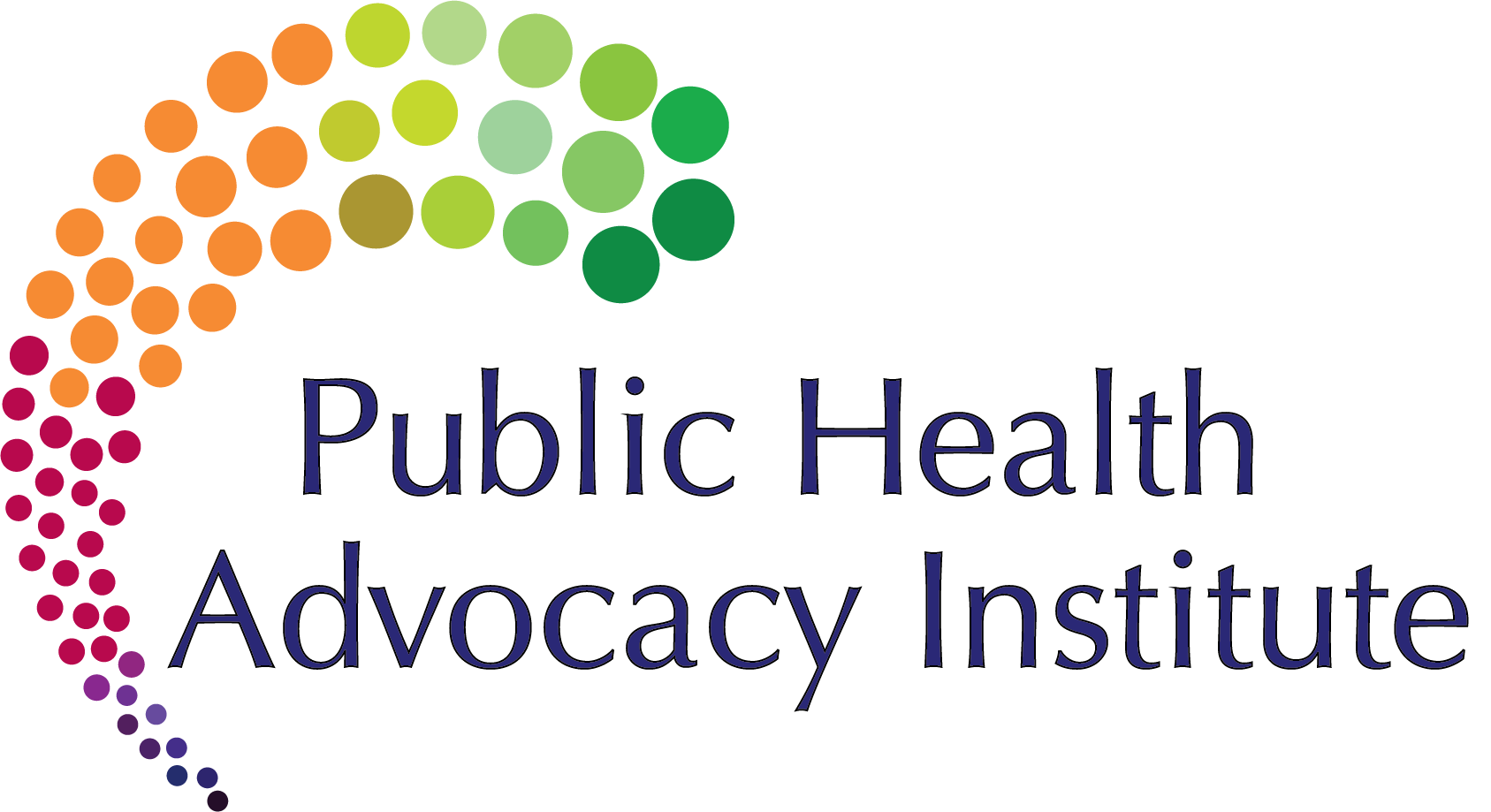by Cara Wilking, J.D.
CLICK HERE DOWNLOAD THIS POST AS A PDF
INTRODUCTION
The United States has the highest per capita rate of carbonated soft drink consumption in the world at 736 eight-ounce servings or 46 gallons per person in 2009.[1] The soft drink industry is dominated by three major companies: The Coca-Cola Company (“Coke”), PepsiCo. (“Pepsi”), and Dr. Pepper Snapple (“DPS”). Soft drink companies produce concentrate and fountain syrup, and are responsible for marketing existing products and developing new products. Bottlers mix concentrate from soft drink companies and mix it with sweeteners and water to produce bottled and canned beverages. The American Beverage Association (“ABA”) is the industry association representing the non-alcoholic beverage industry. While the United States still has the highest per capita consumption of carbonated soft drinks in the world, overall sales of full-sugar carbonated soft drinks have been declining in recent years. In response to this decline in sales, the soft drink industry has reinvigorated its efforts to engage the public via corporate social responsibility tactics designed to rehabilitate the image of its products.
SOFT DRINK INDUSTRY CORPORATE SOCIAL RESPONSIBILITY
As large corporations, Coke, Pepsi and DPS, all undertake corporate social responsibility (CSR) campaigns. Corporate social responsibility generally encompasses a company’s activities and value statements with respect to philanthropy, community, workplace diversity, safety, human rights, and environment. There are various reasons why companies pursue CSR including: organizational values, reaction to threats to transaction costs, brand and competitive positioning, marketing, publicity, and innovation.[2] Concerns generally motivating the soft drink industry’s CSR efforts are evident in The Coca-Cola Company’s 2009 Annual Report:
Consumers, public health officials and government officials are becoming increasingly concerned about the public health consequences associated with obesity, particularly among young people. In addition, some researchers, health advocates and dietary guidelines are encouraging consumers to reduce consumption of sugar-sweetened beverages, including those sweetened with HFCS or other nutritive sweeteners. Increasing public concern about these issues; possible new taxes and governmental regulations concerning the marketing, labeling or availability of our beverages; and negative publicity resulting from actual or threatened legal actions against us or other companies in our industry relating to the marketing, labeling or sale of sugar-sweetened beverages may reduce demand for our beverages, which could affect our profitability.
When faced with such public concern, CSR efforts aim at “legitimizing a corporation’s activities and increasing corporate acceptance.”[3] Philanthropy and cause-marketing campaigns are key parts of the soft drink industry’s CSR efforts.
Soft Drink Industry Philanthropy
Coke and Pepsi both have corporate foundations that make grants to non-profit organizations and institutions. In 2008, the Coca-Cola Foundation Inc. made over $36 million in grants to organizations worldwide.[4] In 2009, the PepsiCo. Foundation, Inc. made $27.9 million in domestic grants.[5] In order to receive a grant, applicants must engage in work that meets the stated goals of the foundation, make an application and, once funded, follow the grant guidelines. The Coca-Cola Foundation and the PepsiCo. Foundation are required to publicly disclose grant recipients and total assets and expenditures to the Internal Revenue Service in order to maintain tax-exempt status.
Soft Drink Industry Cause-Marketing Campaigns
The use of cause-marketing campaigns is a growing trend facilitated by the rise of social networking online. Also referred to as “cause-related marketing,” cause-marketing traditionally has been defined as “a mutually beneficial collaboration between a corporation and a nonprofit in which their respective assets are combined to: create shareholder and social value; connect with a range of constituents (be they consumers, employees, or suppliers); and communicate the shared values of both organizations.”[6] Cause-marketing is distinct from corporate philanthropy because the corporate funds distributed “are not outright gifts to a nonprofit organization, so they are not treated as tax-deductible charitable contributions.”[7]
The Pepsi Refresh Project is an example of a cause-marketing campaign. Pepsi-Refresh is a program whereby members of the public submit ideas with a funding request and vote on whether or not to fund the concept. In 2010, PepsiCo pledged $20 million in funds for the Refresh campaign. This amount is distinct from its corporate foundation giving made through the PepsiCo Foundation and, as a marketing expenditure, is not subject to the same public disclosures required of private foundations. The underlying goal of the Pepsi Refresh cause marketing campaign is to sell more Pepsi products. When asked if Pepsi Refresh has been successful, Melisa Tezanos, Communications Director of PepsiCo Americas Beverages, replied:
Pepsi Refresh has been an overwhelming success. With over 2.8 billion (with a “B”!) earned media impressions, the project exceeded our internal benchmarks early in the year and we’ve seen an improvement in key brand health metrics. In fact, when Millennials, an important cohort group for Pepsi, know about the Refresh Project their purchase intent goes up.[8]
Ms. Tezanos clearly defines “success” not in terms of work done in the community funded by the program, but rather in terms of increasing the profile of Pepsi products and increasing sales amongst a key demographic. Social media is an important tool in cause-marketing campaigns as it facilitates the sharing of campaign materials that are embedded with product advertising and enables individuals to recruit other individuals to the campaign with relatively little effort.
ENSURING THE INTEGRITY OF YOUR ORGANIZATION’S HEALTH PROMOTION EFFORTS
The practical reality is that soft drinks are now for sale in almost every venue, e.g. hospitals, universities, youth centers, and public buildings via vending machines and on-site retail establishments. In addition, corporate philanthropy by the soft drink industry and other private companies provides funding to a number of institutions and organizations that also have an interest in health promotion. While organizations should re-examine traditional arms-length business relationships and donor/recipient relationships, emerging soft drink industry corporate social responsibility efforts that use cause-marketing and public relations tactics require special attention. As part of a deliberate CSR strategy, these campaigns are embedded with product advertising, and often require participants to enlist other participants via social networking online. In addition, cause-marketing seeks to build an association between a company’s products and a trusted non-profit organization in order to build market share. Organizations that care about health should establish a policy that identifies and distinguishes between traditional business relationships, corporate philanthropy and cause-marketing and should commit to not participate in cause-marketing campaigns that promote products, such as sugary drinks, that pose a public health threat.
[1] Beverage Digest, Special Issues: Top-10 CSD Results for 2009 (March 24, 2010), http://www.beverage-digest.com/pdf/top-10_2010.pdf.
[2] Michael J. Maloni & Michael E. Brown, Corporate Social Responsibility in the Supply Chain: An Application in the Food Industry, 68 J. Bus. Ethics 35, 36 (2006).
[3] Guido Palazzo & Ulf Richter, CSR Business as Usual? The Case of the Tobacco Industry, 61 J. Bus. Ethics 387, 390 (2005).
[4] The Coca-Cola Foundation, Inc., 2008 Form 990-PF.
[5] PepsiCo. Foundation, Inc. 2009 Form 990-PF.
[8] Christie Garton, Pepsi exec dishes on Pepsi Refresh, future plans for cause marketing, USA Today (Nov. 5, 2010).


One Response
Comments are closed.